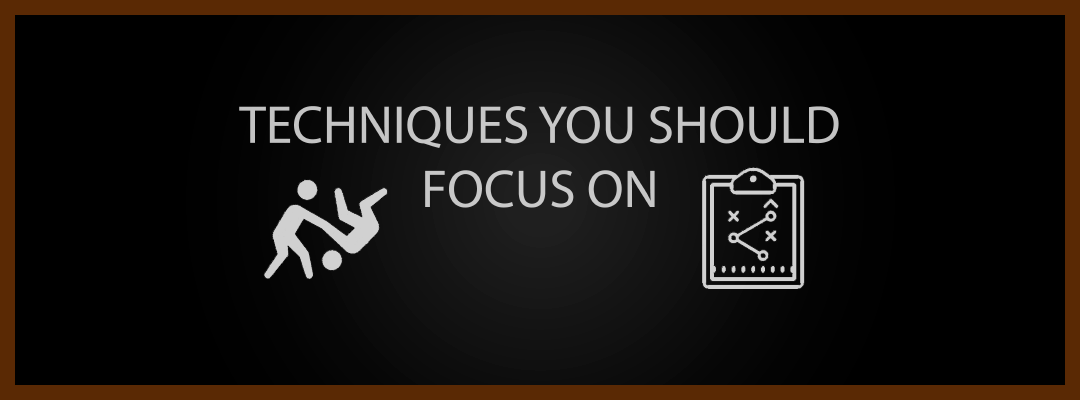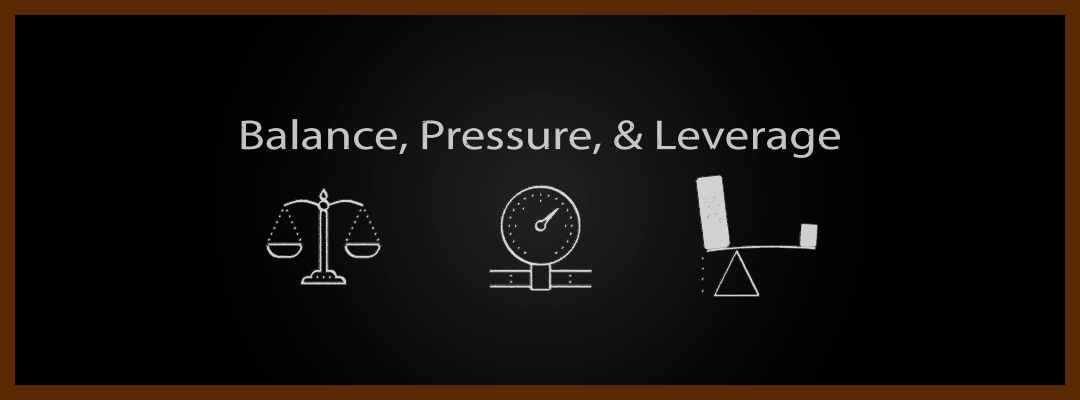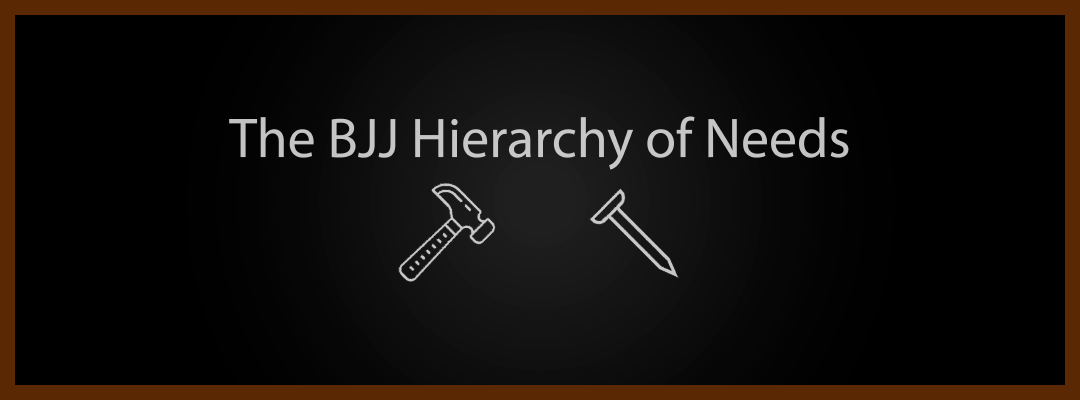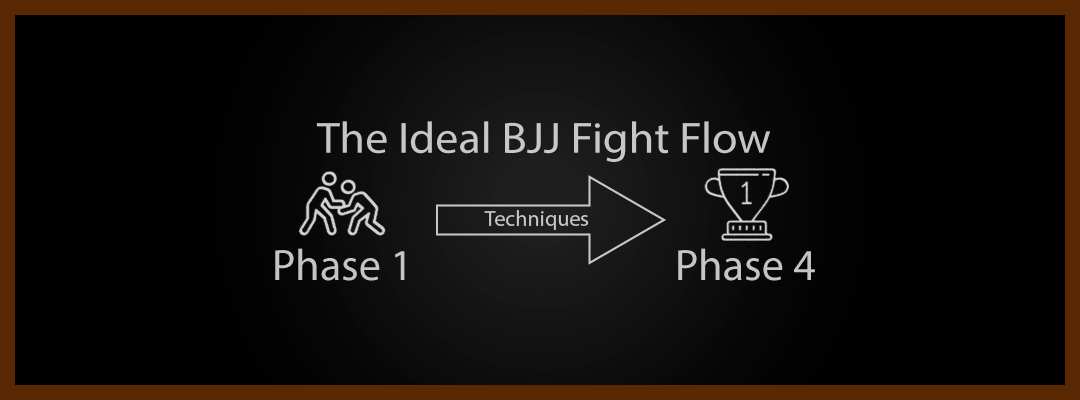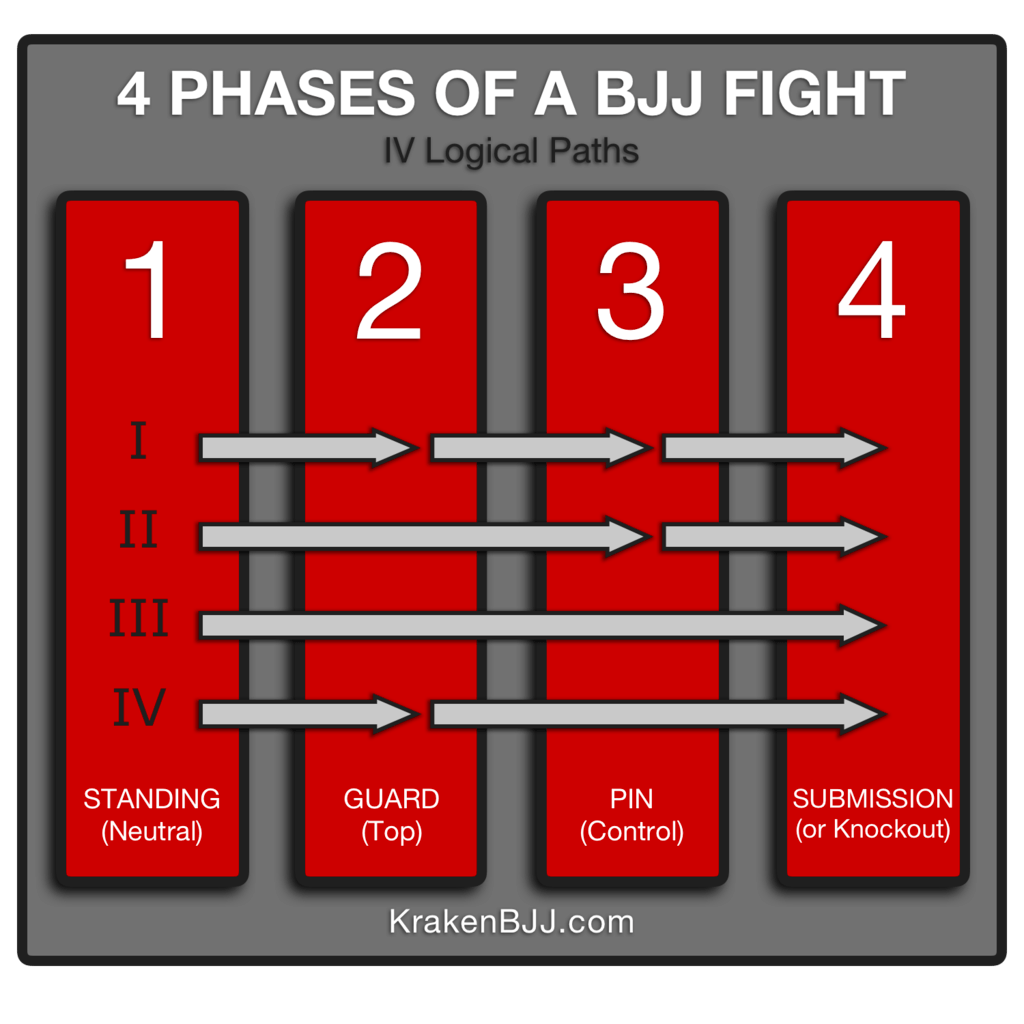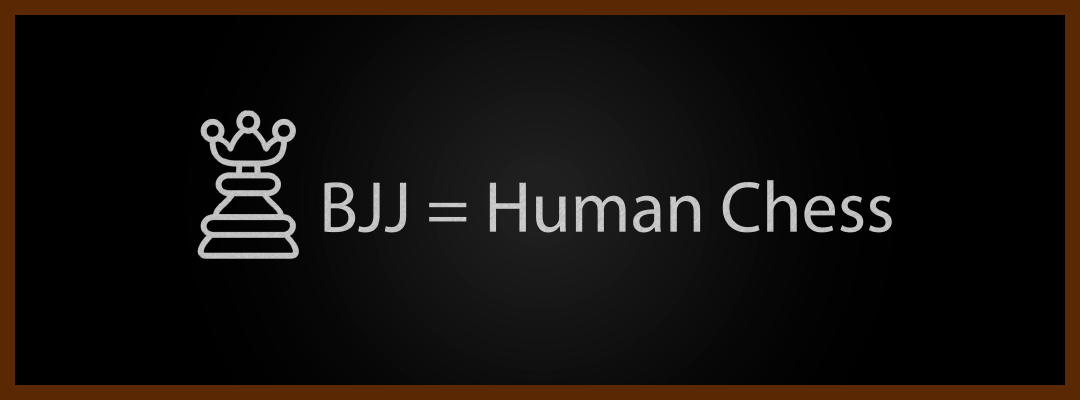Focus on mastering techniques that are suited to your body, your size, and your ability.
Jiu Jitsu techniques are fun to learn and drill. They range from the really simple to the complex and flashy - but, which techniques should you spend your time mastering? This is an important question because we only have a finite amount of time to drill. We need to ensure we spend that time wisely.
New BJJ practitioners often make the mistake of just trying to copy the “playbook” of their instructor. This is a bad idea most of the time. Your instructor didn’t just copy his instructor, and neither should you. In fact, you shouldn’t copy any single person’s playbook. What works for them may not work at all for you. And what you excel at, they may struggle with.
So, what should you do?

